Affiliate links on Android Authority may earn us a commission. Learn more.
6 camera features all smartphone brands really should have in 2019
Published onAugust 15, 2019
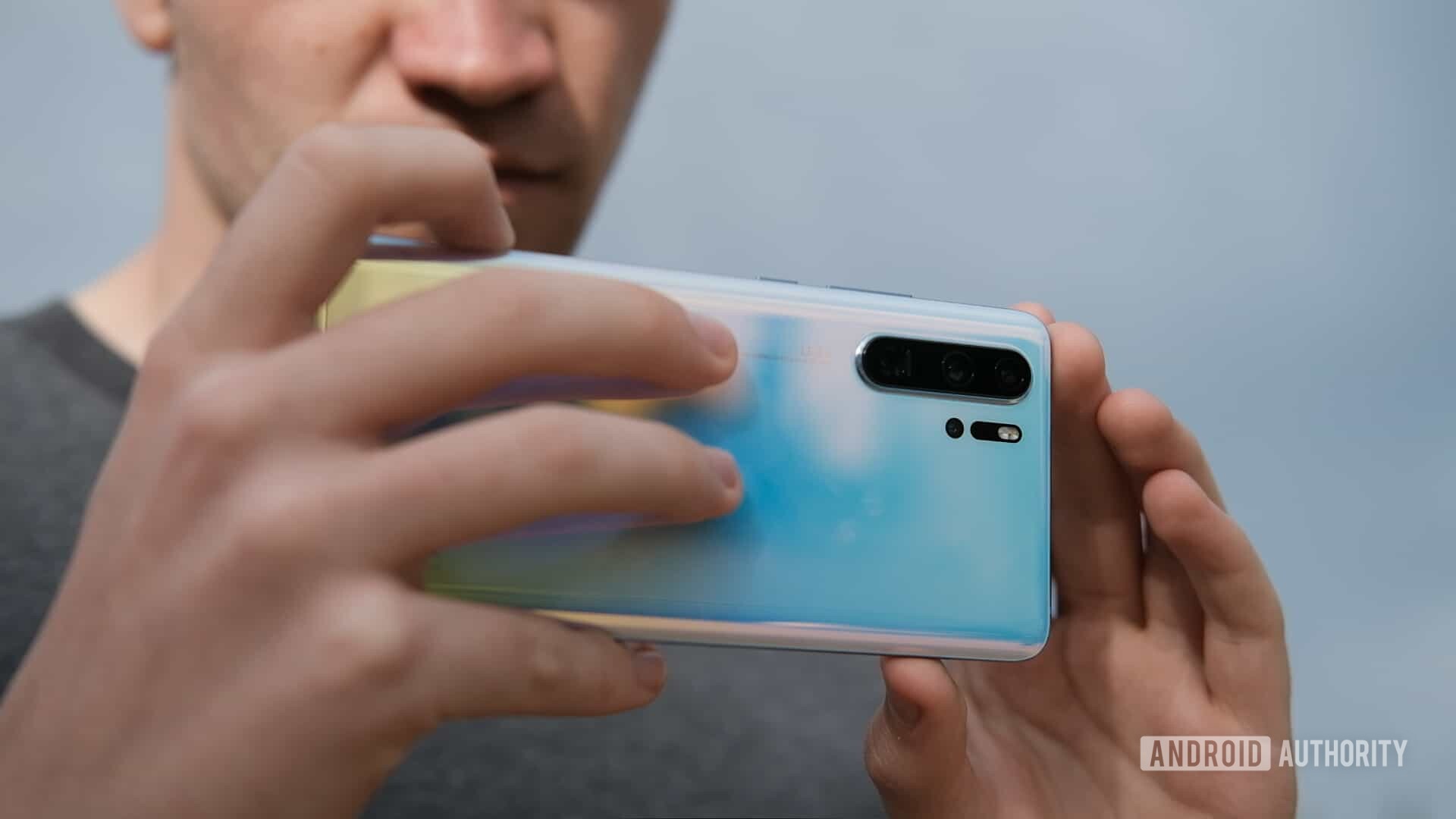
We’ve seen plenty of cool smartphone photography tech in 2019, ranging from ultra high-resolution camera sensors to triple camera technology. We’re even seeing flipping camera mechanisms and ridiculous zoom cameras.
Things could certainly be better though, as some brands miss out on camera features that really shouldn’t be missing on a phone in 2019.
Night mode
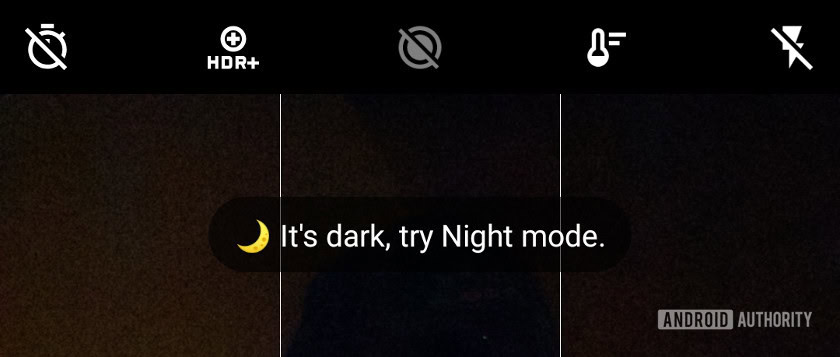
Google, Huawei, OnePlus, and Xiaomi all offered a night mode in 2018, using image stacking, machine learning and/or other techniques to dramatically improve low-light picture quality. This year we’ve seen the likes of Asus, Motorola, and Samsung adopt the feature too, with varying degrees of success. Still, it’s clear that night mode has now become a must-have feature on smartphones, allowing even budget devices to take halfway decent low-light snaps.
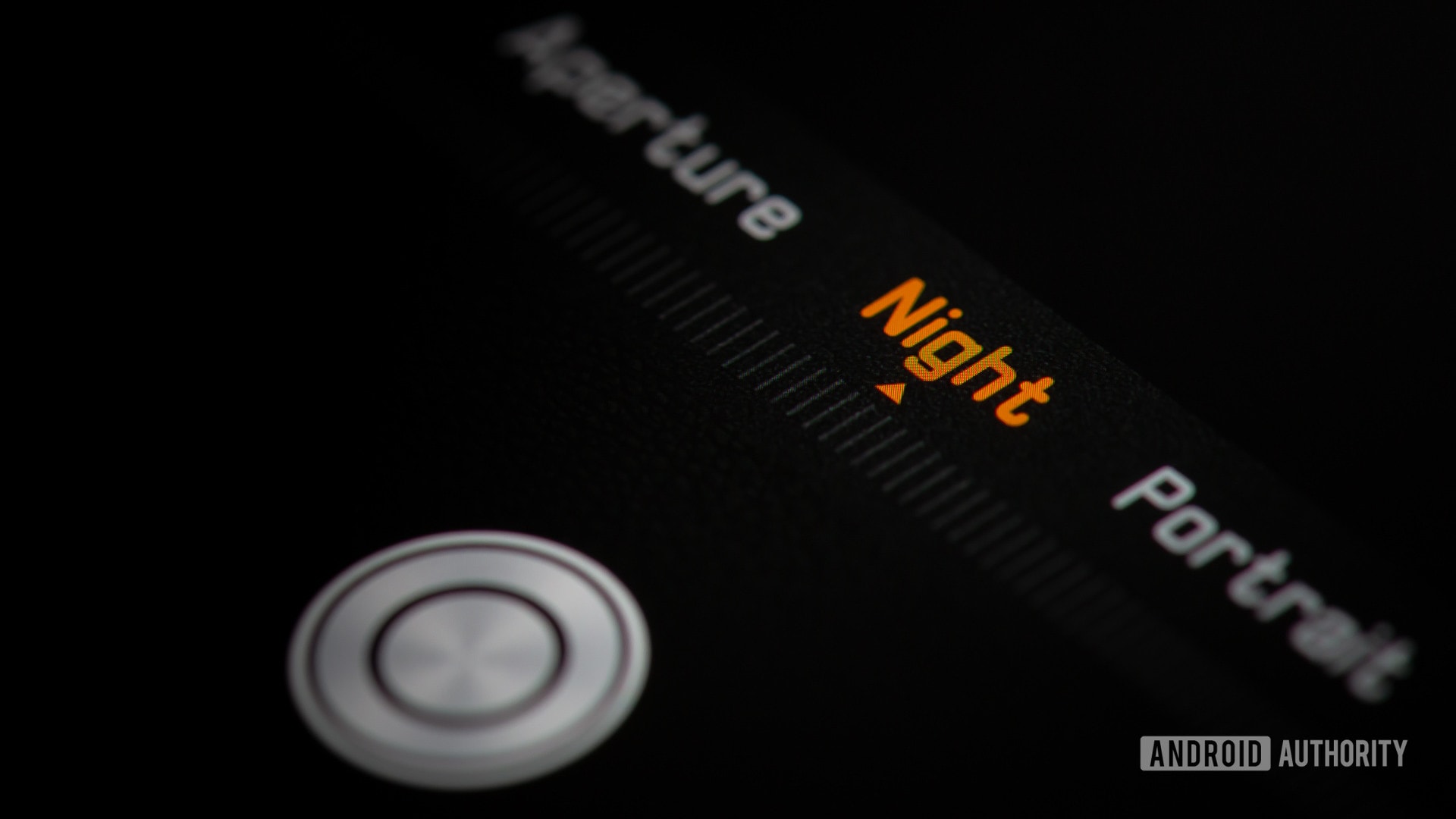
Prominent smartphone manufacturers missing a night mode in 2019 include Apple, HTC, Razer, and Sony. Hopefully these brands embrace the feature, both on new phones and on existing devices.
We’d also like to see more brands offer night mode on the selfie camera, much like Google (and now HUAWEI). This might prove a little more difficult owing to the general lack of OIS and lower quality hardware on most selfie cameras, but it could still help make your pub selfies look a little better.
Pro/manual mode
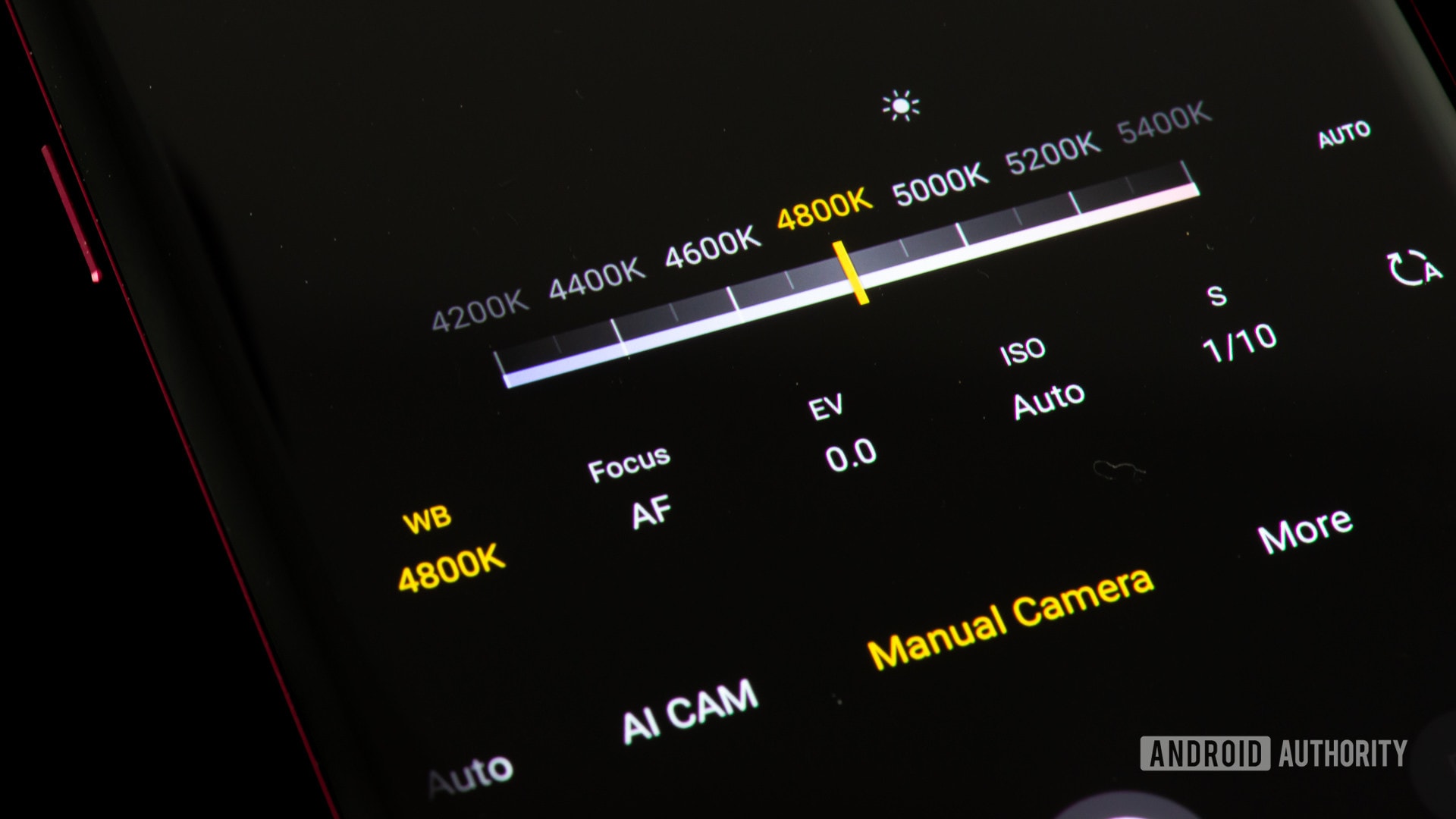
It feels like pro or manual photography modes have been available on smartphones for an eternity now. In fact, it’s tough to find a manufacturer without this feature, which lets you adjust ISO, exposure, shutter speed, and more.
But the likes of Apple and Google unfortunately don’t support manual mode in their camera apps. It’s a big shame because the mode gives you a ton of control and allows you to get shots you might not get otherwise. The next iPhone and Pixel 4 series are around the corner, so there’s still a chance they’ll offer the mode in 2019.
4K/60fps on flagships
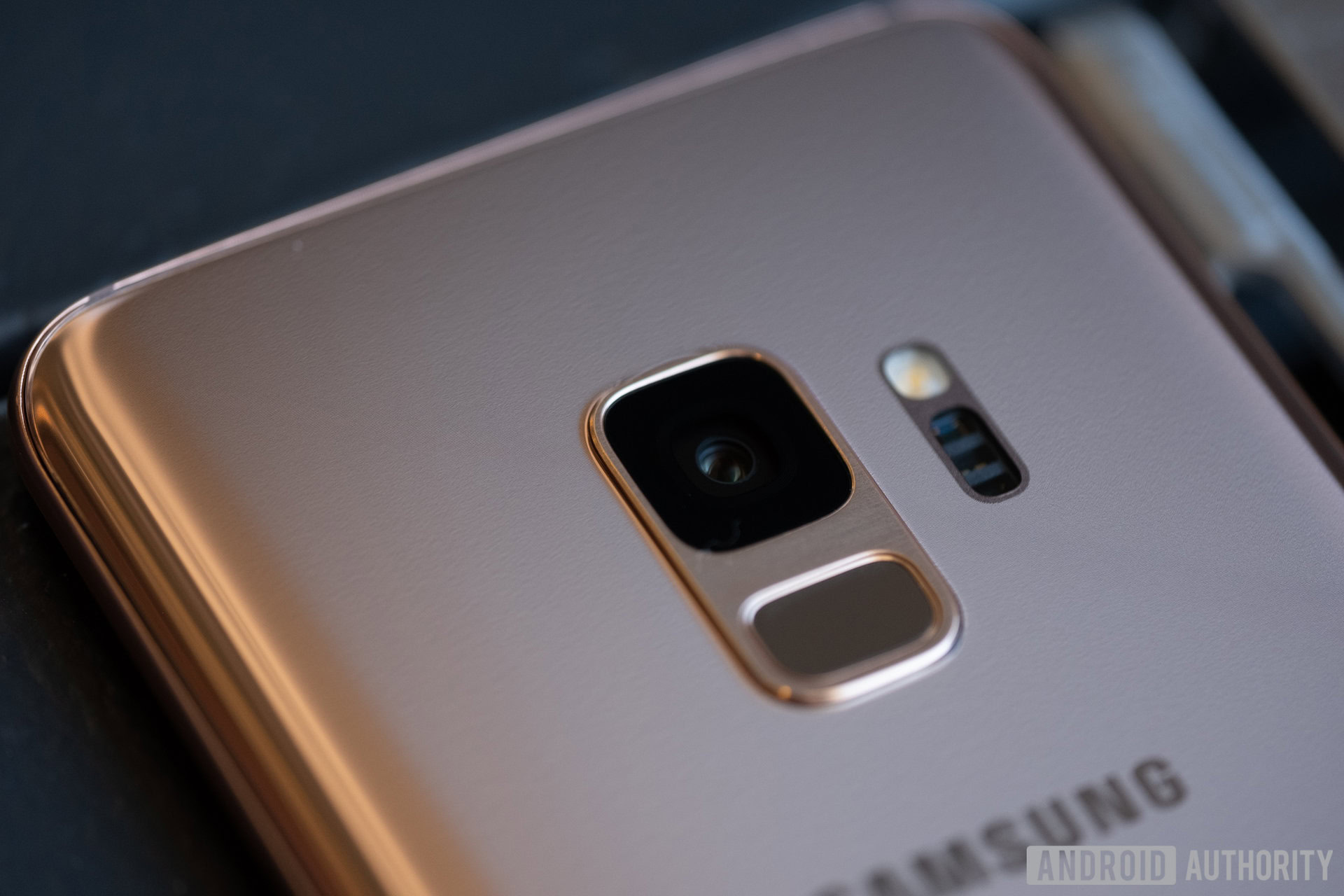
UHD video recording has been an option on flagships since 2012 at the very least, thanks to the likes of Sony and Samsung. 4K/60fps is a more recent addition to high-end phones though, appearing on Apple, ASUS, LG, OnePlus, Samsung, and Xiaomi phones.
Read: Best affordable phones that won’t let you down on performance
4K/60fps isn’t guaranteed on flagships in 2019 though, which is a shame because having the option means you no longer have to make a choice between frame rate and resolution. Previously, you’d have to either choose 4K or 1080p/60fps recording.
High-end phones lacking 4K/60fps recording in 2019 include HUAWEI’s Kirin 980 phones, and Google’s Pixel series. Fingers crossed that these brands deliver the feature later this year.
Hybrid zoom
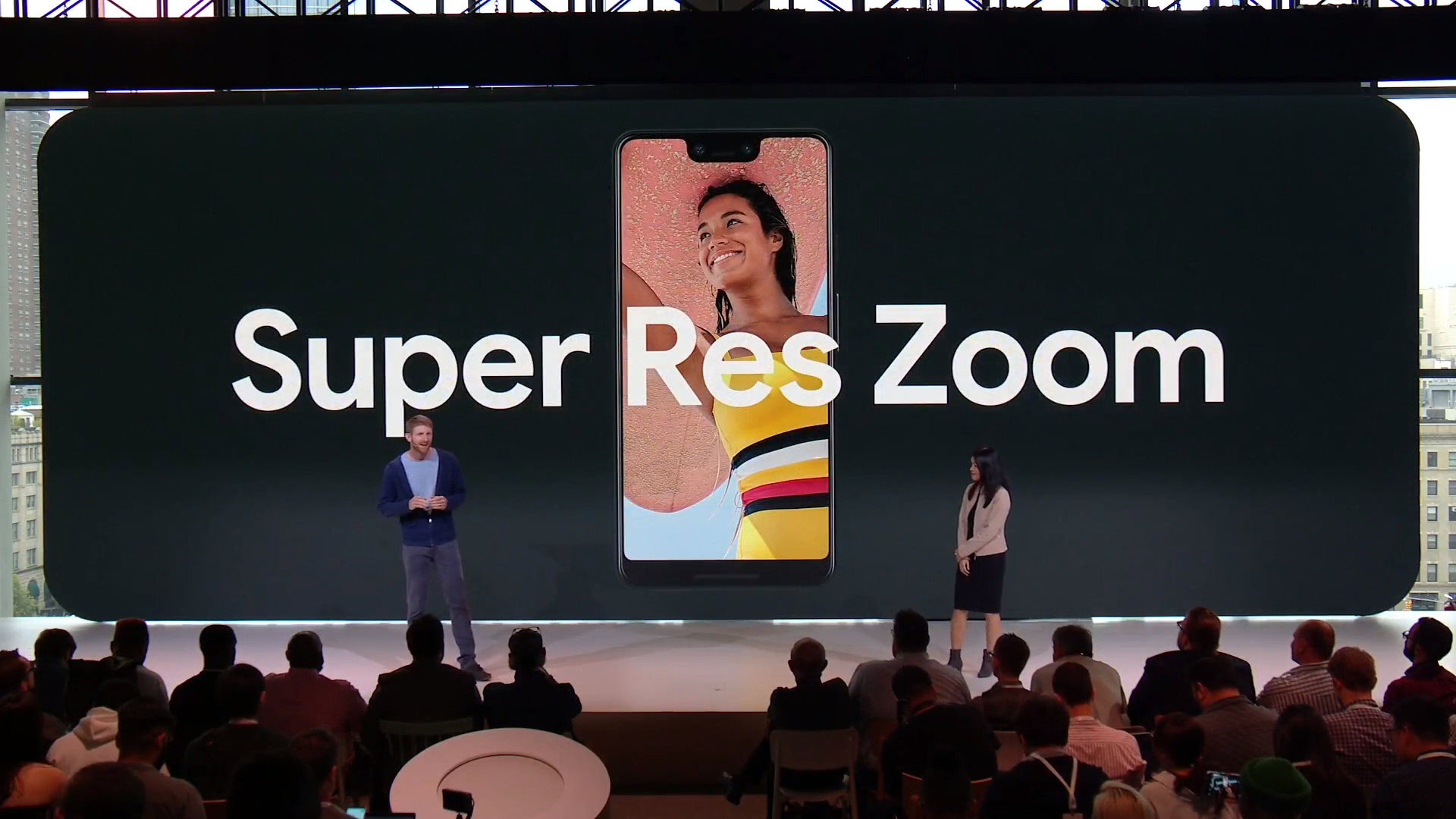
HUAWEI and OPPO have both set a high bar for zoom this year, using a periscope camera to achieve 5x zoom and higher on the P30 Pro and OPPO Reno 10X Zoom Edition. But manufacturers don’t need hardware to deliver improved results compared to traditional digital zoom.
We’ve seen a variety of software-based solutions for years now, such as oversampling, image averaging, and other techniques. Google has even used super resolution processing for its Super Res Zoom, yielding results that aren’t as good as dedicated hardware but still better than normal digital zoom.
The sheer fact that Google’s $400 Pixel 3a offers Super Res Zoom shows us that better software-based zoom isn’t limited to flagships. Here’s hoping the likes of Xiaomi, realme and other brands are working on similar technology for their cheap phones.
Selfie cameras with auto-focus
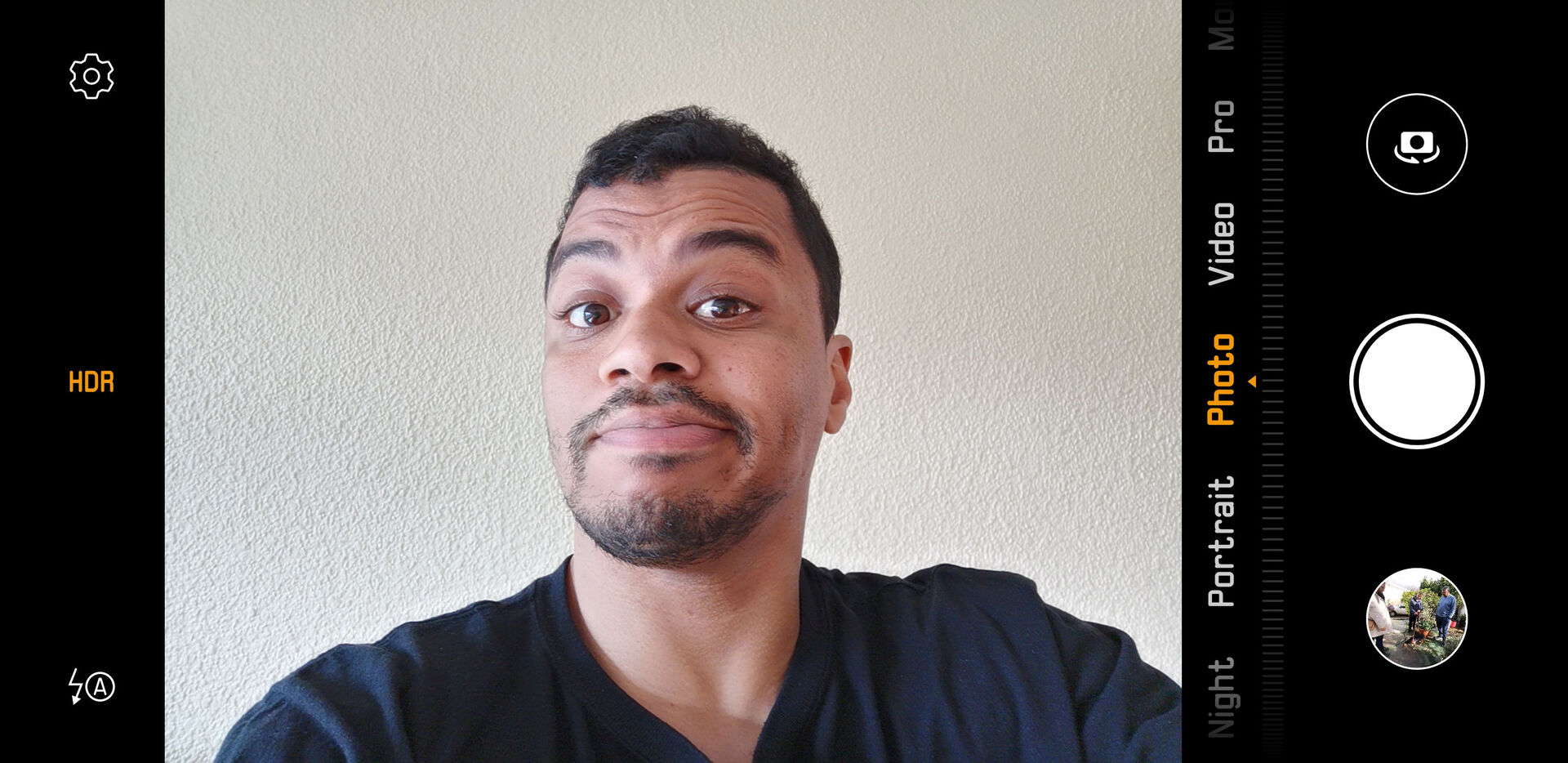
Did you know that some high-end phones don’t have selfie cameras with auto-focus? Believe it or not, but Apple devices, the HUAWEI P30 Pro, OnePlus 7 Pro, and Xiaomi Mi Mix 3 all have fixed-focus selfie shooters.
A fixed-focus front-facing camera means you might be out of focus if you hold the phone far away from your face, such as if you’re using a selfie stick. It also means friends might be out of focus in group shots, or the background will be blurry when taking shots with a landscape behind you.
Samsung and Google have both implemented auto-focus on their selfie cameras, so what’s stopping other major brands?
We’d also like to see auto-focus on phones with ultra-wide cameras. LG has offered wide-angle rear cameras since 2016, but the LG G8 still doesn’t offer autofocus on its secondary shooter. And as HUAWEI showed, one unexpected benefit of auto-focus on an ultra wide snapper is the ability to take macro shots.
Auto HDR
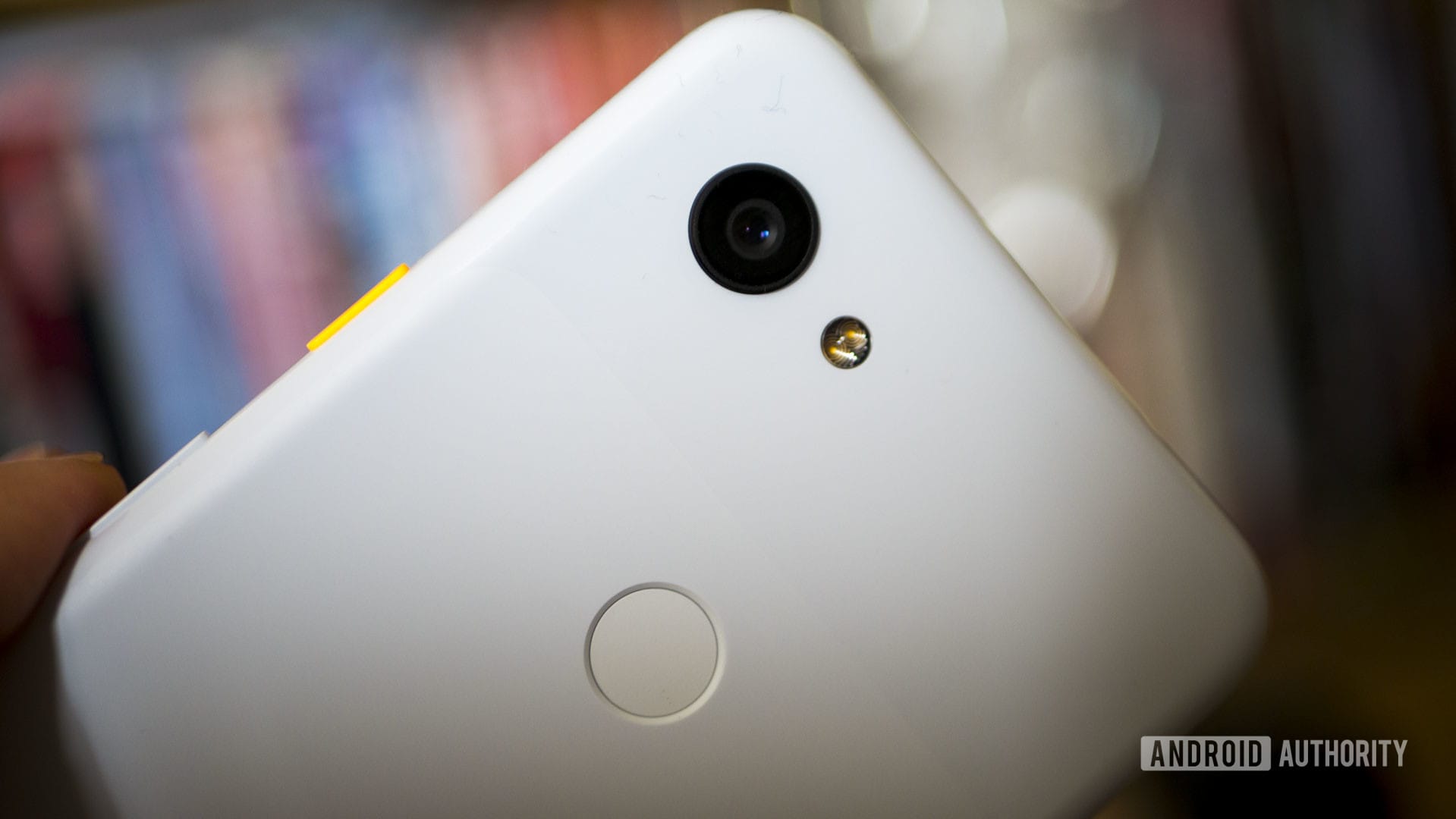
HDR photography has been a smartphone feature for years now, and it’s a must-have for brands hoping to deliver great image quality. Many manufacturers opt to include an auto HDR setting these days, as today’s phones are capable of quickly recognizing a scene that can benefit from the tech.
Fortunately, auto HDR has been adopted by the likes of Google, Samsung, vivo, Xiaomi, and several other manufacturers. But there are still a few brands that complicate matters.
One example is HUAWEI phones, which automatically take HDR snaps when the Master AI mode is enabled. But disable the AI mode and you’ll need to enable HDR via a dedicated mode. Sony’s recent Xperia phones also offer automatic HDR via the Superior Auto mode, but there’s no dedicated auto HDR button here.
Are there any other camera features that should be a must-have on 2019’s smartphones? Let us know in the comments!